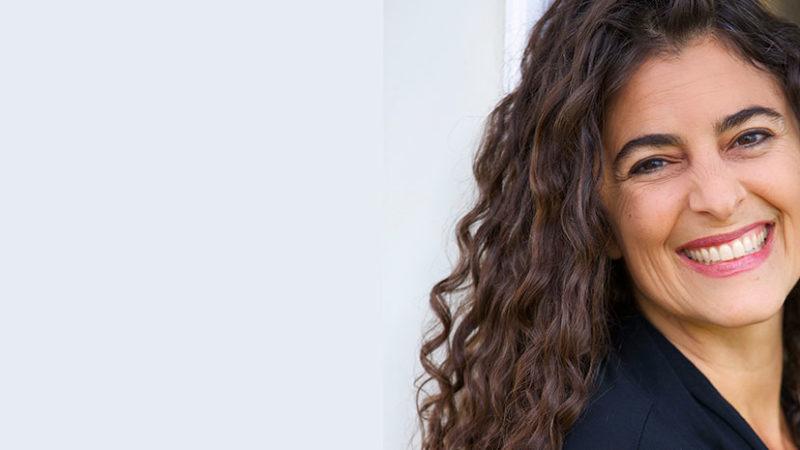RITUAL: Making Magic in Your Kitchen
 THE HUMAN WORLD AND THE NATURAL WORLD: ONE AND THE SAME
THE HUMAN WORLD AND THE NATURAL WORLD: ONE AND THE SAME
Nowhere is the apparent rift between the everyday and the extraordinary more evident than in the way we regard the relationship between the human world and the world of nature. The rift is ultimately rooted in the opinions and beliefs about these two realms. The natural world is full of surprises, and perhaps the greatest is the discovery that nature is everywhere. The common way nature and humans are regarded in belief and opinion does not match up with the reality. The two worlds are, in fact, one world, interpenetrated by diverse and powerful elements—not only physical forces but also holy helpers and native capacities like memory and sacred imagination. Sooner or later the search for magic brings us face to face with a reality beyond the apparent rift between the everyday and the extraordinary, as we explore not only the verdure of our interior life but also our actual relationship with the surrounding world.
Learning how to speak to these holy helpers means learning the language of nature. This is the language of the wild and natural world, the language of the wind through trees and birdsong at dawn. But it is also and equally the language of that wondrous creature called Homo sapiens sapiens, for in knowing nature, we also come to know ourselves.
All magic originates in the natural world. From the ingredients used in ritual and ceremony, to the clothing worn, the talismans treasured, the foods eaten, and the medicines taken—all of them begin among plant and fungi, animal and mineral, as do we. The role that nature plays in magic cannot be overstated, but it can be misunderstood. Magic is like a wild animal, but in the common understanding, what wild actually means tends to be a pale and shadowy reflection of what it really is.
FIELD NOTES FROM THE EVERYDAY
The experience of nature does not begin in a wild forest or rushing river valley. It begins right here. If we cannot discover the materials we need for magic already present in the everyday, then we will not find them at all, no matter how far we journey, no matter how breathtaking the scenery along the way. Noticing is a lifetime of work. For most of us, noticing will not happen in a pure and unpolluted wild place, for these places are few and far between and often hold secrets that are not meant for us. It will instead happen in our kitchens and front yards, where nature is just as present.
What is entirely familiar and known, hidden in plain sight? Where might nature be found? One answer is the kitchen and the cupboard. These are the spaces where nature has made herself most at home within the home itself. In folk traditions, magic was made in the kitchen—through cooking and making use of the ingredients found within the kitchen—from the spice cabinet to the pantry, and since the advent of the icebox and refrigeration, the fridge. For it is here in the kitchen, even within the simplest and most stripped-down kitchen, that we routinely come into contact with some of the most tangible elements of the natural world—animals, plants, minerals, earth and air, fire and water.
Go into your kitchen and pick one area: the spice drawer, the cupboard, your refrigerator. Pull everything out and set it on the counter. What comes from animals? What comes from plants? From fungi and bacteria? From minerals? Don’t limit this inquiry. Glass is formed from silica and fire. Plastic is a petroleum by-product, and what is petroleum but a product mined from the earth? Paper wrappings started off as trees. Metal appliances were once veins of ore buried within the dark ground. Dare to find one item that did not begin its life firmly rooted in nature; it is not possible. You needn’t go into a nature preserve to come into contact with the whiskers and muddy paw prints of magic. There it is, padding across the stovetop and through the pantry.
As you go through the above process in your kitchen, certain ingredients will stand out above all the others. They seem to have vibrancy, an attraction. They feel potent. As a root doctor or cunning woman might say, they have mojo.
When it comes to working, wandering, and wondering through the wilds of the kitchen, it is important to heed your own personal responses and impressions, and not be overly concerned with conforming your taste to dictionaries and lists of correspondences compiled by various sources. Meanings and interpretations are best grown from the soil of your direct experience; these are the meanings and interpretations that are just right.
A sacred artist who knows ten different ways to work with a single ingredient will make more effective magic than one who has the wherewithal to buy ten different exotic ingredients. Why? Because in the former case, there is a real relationship. In the latter, there is merely acquisition, and they are not the same. So start where you are and with what you have.
RITUAL—KITCHEN MAGIC
In response to the increasing tempo of modern life, many wonderful grocery stores offer prepared foods as a convenience. When cooking is outsourced regularly, however, we become detached from the necessities of food preparation, from the ingredients of the food, from the nature of the food, as well as from the space or nexus that holds the cooking and food in the home. We lose a sense of the alchemy inherent in all of these things. So, given this newfound knowledge based on our own experience and a desire to explore kitchen magic a little further, it is time to cook something up!
This ritual is not about releasing the inner Julia Child (although if you feel called to do so, then by all means do). It is about taking time to connect with nature hidden in plain sight, in your own dwelling space, and coming to know one aspect of it as well as possible.
TIME
- 1 hour
MATERIALS
- a simple recipe
- your Making Magic journal, or your favorite personal journal
- a door (optional)
- a special talisman (optional)
- a candle (optional)
- incense (optional)
PROCESS
Cultivate calmness both within and without. See, sense, touch, know, hear, and feel your relationship to the otherworld and your holy helpers that reside there.
Incorporate any other pieces of ritual you would like: open your “door;” touch your talisman, sharing with it your desire for this ritual; or light the candle or incense, as you like.
Begin to prepare the recipe. Take time for and give attention to each step. Pause and feel into the ingredients you are working with—where they came from, how they arrived in your home. Even boiling spaghetti in water can become a springboard. The spaghetti was once wheat in a field—where? What did its life cycle look like? What animals and plants depended on it?
Record your impressions in your Making Magic journal.
Make the serving and eating of the food a ritual as well, allowing yourself to fully savor the entire experience. When you are attentive and open to what the ingredients actually feel and taste like—and not just the idea you have of them—you discover their essence or inherent properties, qualities that can’t be taken away. Be open and curious about the differences that make garlic garlic or an apple apple.
This is an excerpt from Making Magic: Weaving Together the Everyday and the Extraordinary by Briana Henderson Saussy.
Download a free Making Magic journal here.

 Briana Saussy is a teacher, spiritual counselor, and founder of the Sacred Arts Academy, where she teaches tarot, ceremony, alchemy, and other sacred arts for everyday life. She lives in San Antonio, Texas. For more, visit brianasaussy.com.
Briana Saussy is a teacher, spiritual counselor, and founder of the Sacred Arts Academy, where she teaches tarot, ceremony, alchemy, and other sacred arts for everyday life. She lives in San Antonio, Texas. For more, visit brianasaussy.com.
Buy your copy of Making Magic at your favorite bookseller!
Sounds True | Amazon | Barnes & Noble | Indiebound


 What Is Pain?
What Is Pain?



